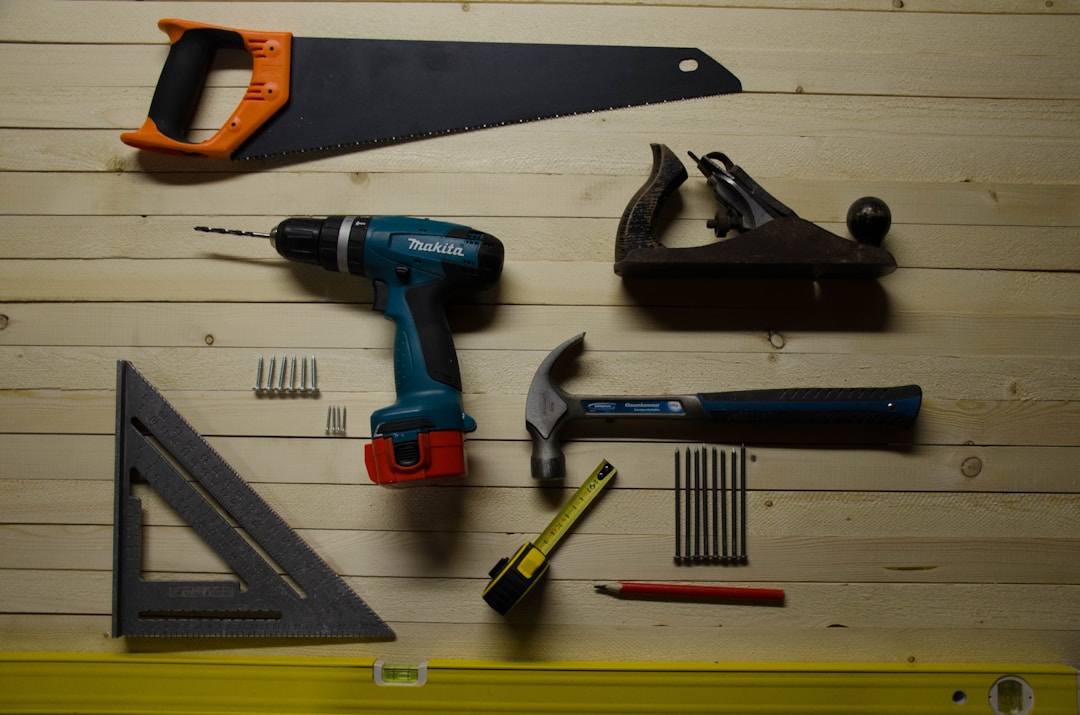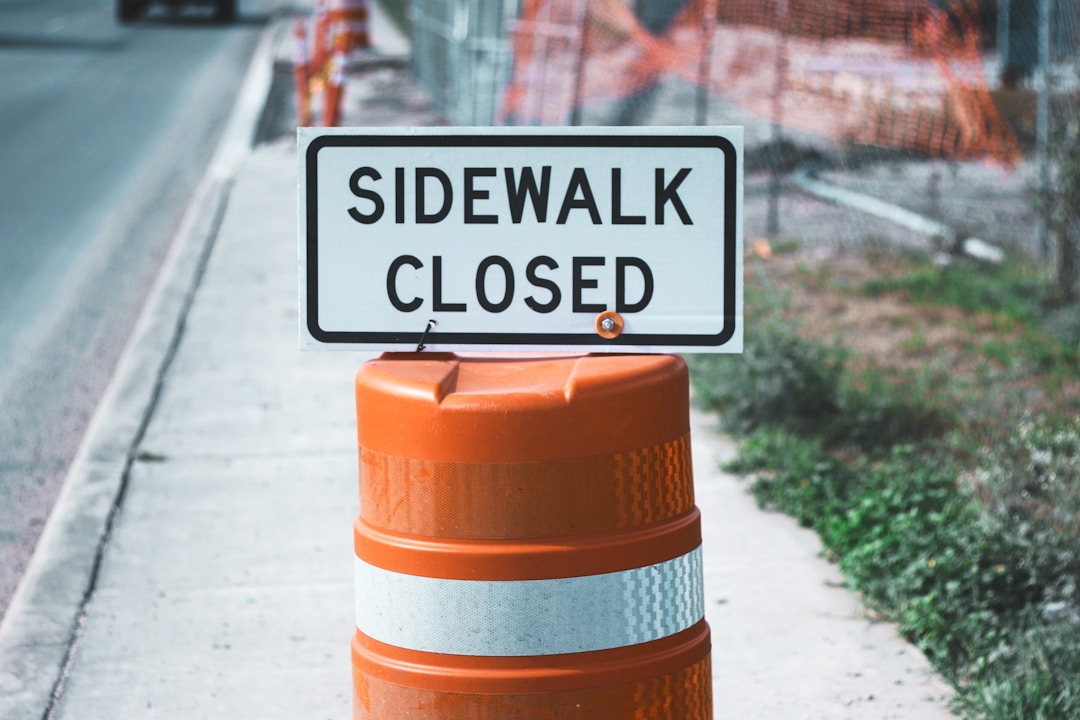Construction workers risk different types of health hazards on-site. The most common ones include slips, trips, and falls. Some of these cases are inevitable. But a proper safety hazard culture can impact your workers’ peace of mind significantly. Here are some tips to keep workers safe on construction sites.
Inspect tools and equipment regularly.

According to the U.S Bureau of Labor Statistics (BLS), falling incidents at construction sites rose by 11 percent in 2019. The primary causes of such incidents may include torn belts, broken shackles, loose bolts, joints, or fasteners, etc. Having periodic lifting equipment inspections at your construction site can be nothing short of a good idea. Some pieces of equipment at the worksite that need regular inspecting include crane, conveyor belt sling, forklift, etc.
There are several types of inspections to ensure equipment safety. To each company, their inspection procedure. Some modern construction companies have started to deploy visual inspection software to carry out their general monthly inspection efforts.
Ensure action is taken to regularly report any faults.
Having an inspector to check your equipment alone might not be enough to ensure optimum safety at the workplace. What you do with the information from every inspection matters a great deal. As a facility manager, it might be best to demand inspection reports for all the frequent inspections. A detailed inspection report can map out all the necessary actions your construction site needs to ensure safety.
For your repairs, it always pays to enlist professionals like this Texas window installation company. Old windows with loose pins and hinges, especially for high-rise buildings, can harm workers and even passersby. Besides the safety benefits, upgrading to custom windows or energy-efficient windows can afford you some cuts in your utility expenditure.
Develop a safety and maintenance culture.
Identifying defects and fielding regular equipment inspection is one thing. Ensuring construction employees are well-equipped with the gears and knowledge necessary for their safety is another. So as you proceed with regular inspection of sites, you can complement it by offering health and safety training for your construction workers. As a construction company, it pays to carve lasting relationships with regulatory bodies like the U.S. Occupational, Safety and Health Administration (OSHA).
You can fall on an OSHA technician or such experts during your maintenance drives to assist with all the new safety and maintenance trends in your industry. Also, note that working on an oil rig might have many differences compared to operating a rig in the gas industry. So before embarking on special projects, do well to orient all hands involved on the new realities and implications for safety.
Make room for technology and automation.
Some grave occupational hazards in the construction industry can happen as a result of negligence. Often, many employees are forced to take extra hours at a duty post at the behest of superiors or to complement their meager salaries. This can leave room for operational and technical mistakes, which may lead to grave worksite damages.
Luckily, the world moving fast has afforded the construction industry many tools and resources to automate technical processes.
The accuracy of automation technology can help ensure the proper operation of equipment and avoid frequent human errors.
Beyond that, using tech for your processes can streamline workflows and give your construction company a significant efficiency boost.
Clearly communicate hazards with warning signs.

Excessive wear and tear of equipment can cause occupational hazards just as much as an illegible warning sign on your construction site. As a construction company, ensuring clear and up-to-date communication on your site can never be a miss. And among all the measures to keep construction accidents at a minimum, signs can be the most cost-effective approach. In addition, displaying clear signs can be a great way to be in the good graces of unions and regulatory bodies gunning for your workforce’s best interests.






